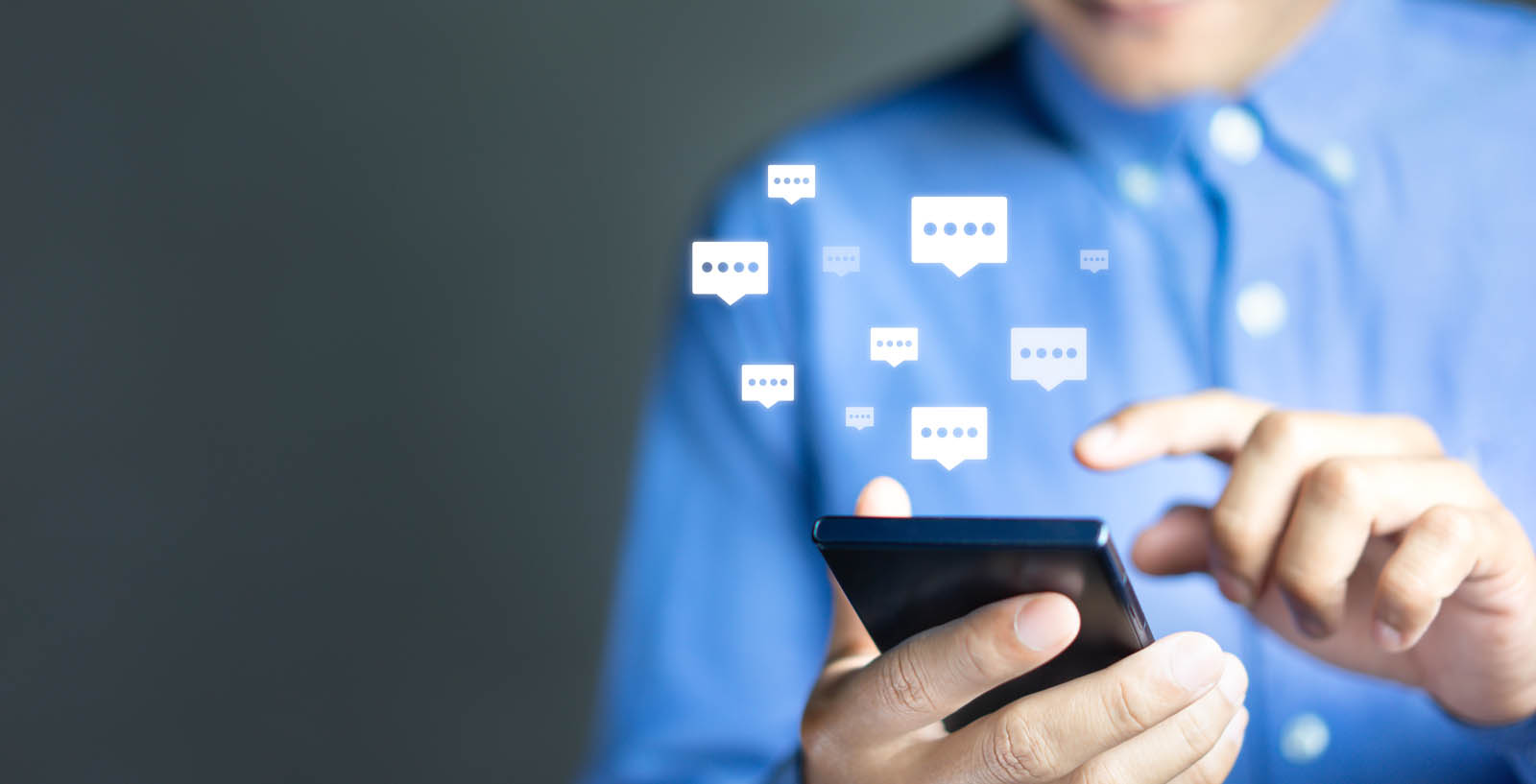
Embracing the New World of Mobile Research
Filed Under: Best Practices, Data Trends, Market Research, Tools & Techniques, Online Qualitative Research

Robert Relihan
The pace at which smartphones and other mobile devices are coming to define how we interact and communicate is amazing. We have noted it before and we see the impact intensifying where ever we look.
- The US Army is experimenting with smartphones in combat. In the past, the military has spurred the development of communications devices, hardened for battle. But, the economy and ubiquity of smartphones are just too enticing. What is more, the familiarity of virtually every young soldier with these devices makes training and integration seamless.
But, using smartphones has the potential for fundamentally changing military culture. Individual soldiers on the battlefield can receive real-time intelligence unmediated by the traditional chain of command. Each soldier can know immediately the location of friendly forces as well as the enemy. Information can be distributed instantly among all the soldiers in an area. Hierarchies are flattened and communication is effectively two-way.
- On a lighter note, Rebecca Greenfield notes how the smartphone has eliminated the need for all sorts of devices we used to regard as essential — cameras, watches, iPods, wallets. She calls this the “Smartphonication of Stuff.” And, while we have had cameras and watches for some time, the iPod (and even its ancestor the Walkman) is comparatively recent. The smartphone has rendered it obsolete in the space of a mere generation.
- Finally, as an example of how culture is bending to the ethos of smartphones, a theater in Seattle is planning to allow patrons use their phones during performances. No more requests that all phones and recording devices be turned off. As the theater’s executive director said, “Simply forbidding it and embarrassing people is not the way to go.
So we are wiring the building in anticipation of finding ways to make it work over time.” We all know that the march of mobile communications will change fundamentally how we conduct research, but these stories suggest how significant that change can be.
- Many of us can be quite enthusiastic about the ability of consumers to send their “answers” to us wherever they are. We can eavesdrop on their reactions in the moment. But, just like the soldiers in the army’s experiment, they will want to see the hierarchy flatten; they will expect more control. Consumers will demand to frame the questions as well as provide the responses.
- The smartphone may have rendered the camera and the watch obsolete. For many people, it will render the computer obsolete. Reflect on how quickly netbooks faded from the scene. We already had a much better “small computer,” our phones. There was a time when any project began with the question, “Should we do it on-line or over the phone?” Now we are asking, “Should we have a mobile component in the project?” In a few years, we will simply take for granted that our consumers are answering on their mobile devices.
- We will need to engage consumers in a way that makes sense in the culture of the smartphone and the social network. No longer can we expect to bend them to our style and approach. Consumers accepted the “social science survey” and the “focus group” when the one-way interview defined the environment. But, when environment is structured by the shout-out — “Who knows a great place for dinner and meet me there?” — a semantic differential just won’t cut it.
To be successful in the future, to be able to hear the voices of consumers in all their tones and timbres, we will need to adjust our ears to the new reality. In fact, we are likely to become more listeners and collaborators and less askers and analyzers. As the Seattle theater director said, we have to find “ways to make it work.”
explore featured
Case studies
